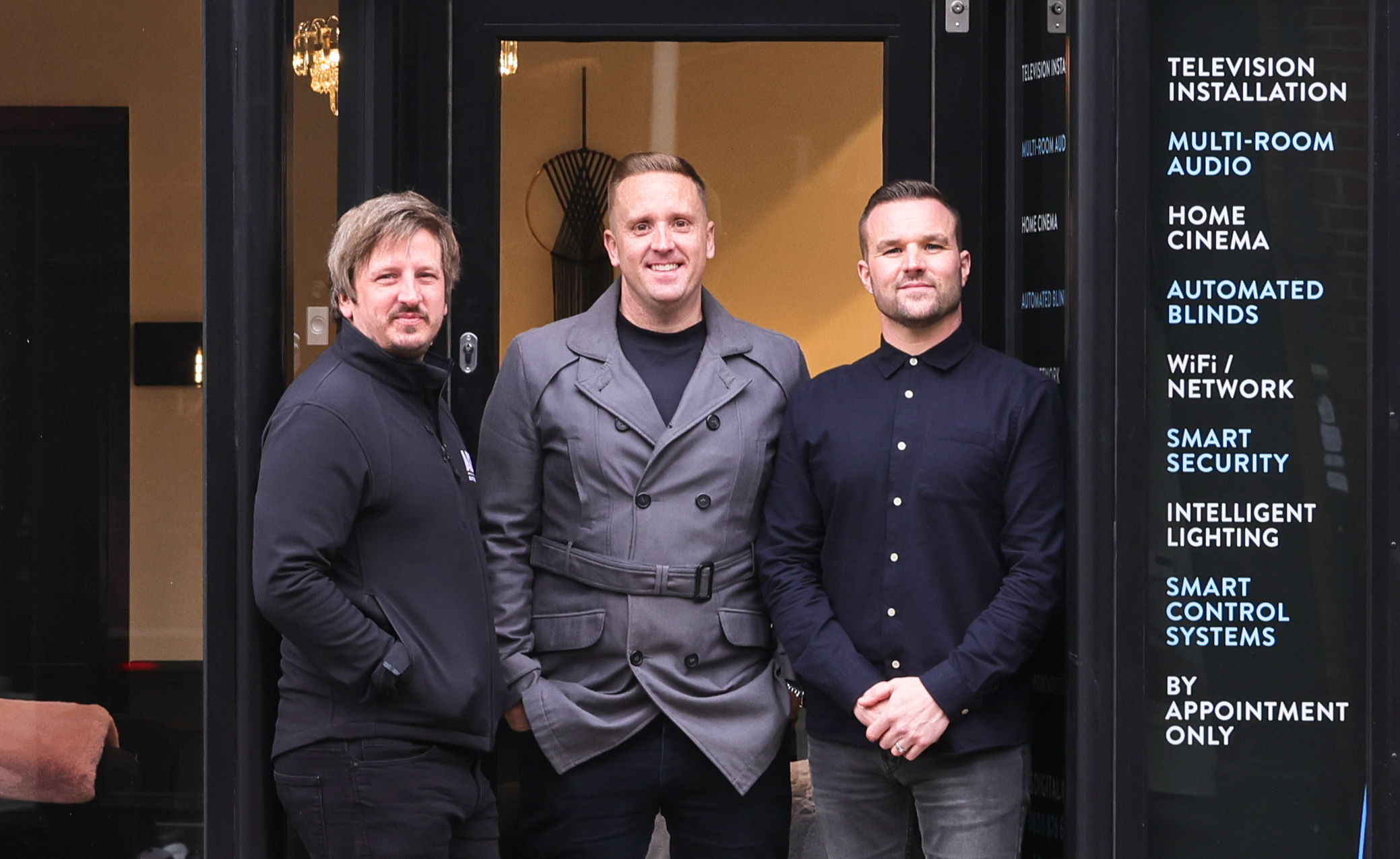It seems everything is connected to the Internet these days. From your phone to your television, maybe your doorbell or even your fridge.
With all these devices it might not seem out of the ordinary to encounter the dreaded buffering when watching a film or a continuous spinning circle as you try to navigate to a new web page.
If that does happen to you then check out our list of 10 ways to improve your WiFi.
1) Turn it off and on again
This might seem like an old cliche when it comes to anything to do with technology. However, resetting your router might be the quickest and easiest task to complete. Most routers come with a small reset button but if yours doesn’t, then all you have to do is power it off. The best bet is to leave it off for 10-20 seconds to ensure that it has completely powered down. This gives your router a chance to clear any memory.
2) Keep your router in a good position.
Much like housing, where your router lives is all about location, location, location. One of your main considerations is how close it is to other electrical items. The reason why is due to the electromagnetic waves that these items produce can interrupt your WiFi signal. The usual suspects are televisions, microwaves, washing machines and tumble dryers. If you can keep your router away from them then you have a much better chance of a decent WiFi signal.
Routers also don’t like being tucked away in a cupboard, nook or cranny. If possible, have your router surrounded by open air, high up as possible and as close as they can to the centre of the house.
3) Keep your router software up to date
Not only will this ensure that your router is running the most recent and secure software but with each update there might be slight improved efficiencies in how your WiFi is delivered.
4) Time to upgrade your router
It might be the case that your router is a few years old and you could need an entirely new router. With internet speeds advancing fairly quickly, it might be the case that your service can provide greater speeds than your current router can handle.
5) Test the cable
If you are having problems with your WiFi, it might be as simple as looking at the cable that connects it to the external network. If this has become damaged or frayed then this could be the reason that your WiFi signal is not performing how it used to.
6) Buy a WiFi Extender
If you aren’t in the market to get a whole new router, then maybe you could look at a Wifi extender or booster. These are designed to give a bit more grunt to your current WiFi network so could make a real difference in delivering a top quality internet experience.
What we normally do is add a series of access points that we dot around the house. This means that whatever signal is coming in at your router, the access points extend the system from the router throughout the house.
7) Ensure you have a dual-band router
These routers broadcast on both the 2.4GHz and 5GHz frequencies. The 5Ghz frequency is better for data heavy applications such as gaming or streaming videos but the downside is the range. The 2.4Ghz frequency has an increased range but is more suited to lighter internet activities such as general browsing and email.
8) Switch the channel
Most modern routers will have an auto switching channel function in the administration area. The reason why is routers transmit on certain channels but other routers in the area might be also using the same channels. By switching on the auto function, your router should select the cleanest channel available to allow a smoother experience.
9) Can you go wired?
Ok this might not be specifically a way to improve your WiFi but it is a legitimate option to go for if you are having a poor experience from your internet. For certain devices, such as tablets or laptops, then the option to go wired isn’t really suitable. However, if you have a games console that needs the internet then that might be the one to go for. If you don’t really want to run new cables either in the wall or around the skirting board, then you could go for a Powerline adaptor.
This allows you to use your home electrical circuit as part of your ethernet connection. How it works is, you plug an Ethernet cable into one of the Powerline adaptors which is plugged into a normal electrical wall socket. Then the other Powerline adaptor is plugged into an electrical wall socket near the device and an Ethernet cable is connected from that to the game console.
There are some pros and cons for using a Powerline adaptor but we will go into that in another article.
10) Quality of service
Most modern routers have a function known as Quality of Service. What this does is to allow a user to set the priority of the programs that use the internet. For example let’s say you are working from home but you also have the kids playing on their games console. You can set the QoS to ensure that your video calling software gets the bandwidth before the games console can download a huge update.
One of the most common problems we find when it comes to WiFi networking is a matter of where you live. This doesn’t mean your location, unless you are on a remote island with poor internet connectivity, but your home. For example, you may have a 20MB, 30MB or even 40MB internet connection. In a large home, when you get to rooms such as the basement or maybe the top bedrooms in a 3 or 4 storey house, the connection just drops off.
One of the solutions for this is the use of access points. They can be hardwired, or if it isn’t possible to lay cables then they can be installed wirelessly. This will then allow the same speed coming in at the router to be experienced wherever you are in the house.
If you have tried all of those suggestions but are still having trouble getting online without a headache then it might be time to call in the experts.
With over 12 years experience with all things audio visual, our highly trained technicians will be sure to get you back online. Call today on 0800 876 6258 or via our contact page.


